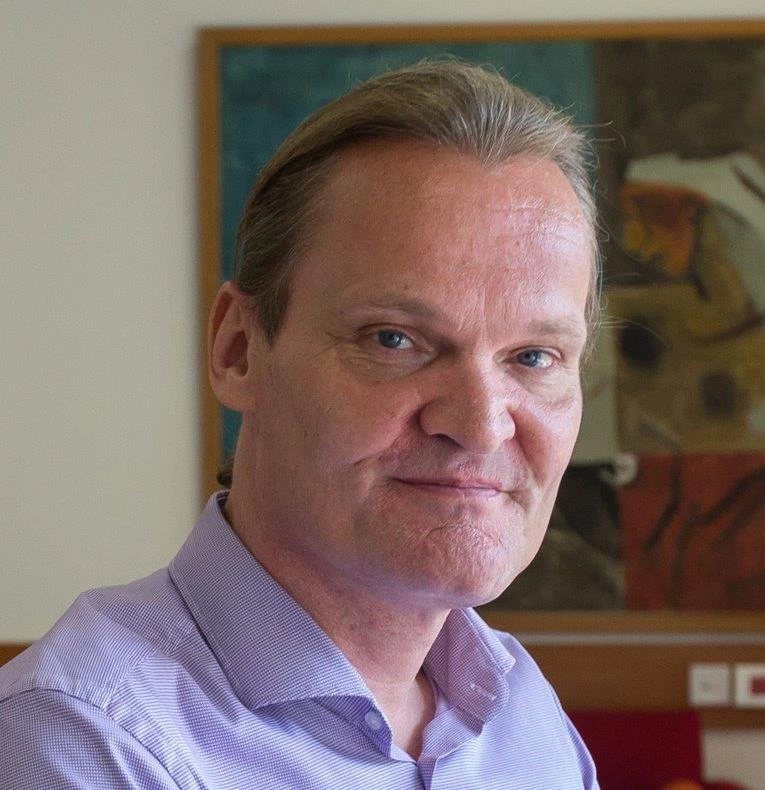
Blog #1: Five key drivers of reducing poverty in India
India is uniquely placed to drive global poverty reduction. The country is home to the largest number of poor people in the world, as well as the largest number of people who have recently escaped poverty. Despite an emerging middle class, many of India’s people are still vulnerable to falling back into poverty.
Over the next few weeks, this series will look back and analyze publicly available data to better understand what has driven poverty reduction from the mid-1990s until 2012, and the potential pathways that can lead to a more prosperous India. Since it is clearly not feasible to elaborate on all the myriad pathways out of poverty available to India, we focus on a few key themes that the diagnostics show to be of particular relevance to the country. We hope this series will contribute to the ongoing discussions on how poverty can be eliminated from India.
We are thankful to the Indian Express for partnering with us in disseminating this series to its readers.
India is home to 26 percent of the global extreme poor. This means that the world’s ability to end extreme poverty by 2030–an objective originally adopted by the World Bank and now a key element of the Sustainable Development Goals–hinges on India’s ability to make strong and sustained inroads in reducing poverty. The good news is that India has made notable strides in tackling extreme poverty and promoting growth among its poorest – what we call shared prosperity.
Following decades of lackluster performance, growth accelerated in the 1980s and picked up steam after economic reforms began in earnest in the early 1990s. After 1991, per capita income grew nearly two-and-a-half times in real terms compared to the preceding three-and-a-half decades - from 1.8 percent per year to 4.3 percent per year. India is now among the fastest-growing economies in the world.
The country is also home to the largest number of people that have escaped poverty in recent years, based on a poverty line set at $1.90 per person per day (in 2011 Purchasing Power Parity). Indeed, in contrast with the 1990s, the rate of decline in extreme poverty in India not only outpaced the developing world as a whole but also the middle and lower-middle income countries as a group.
With that said, the poverty challenge in India remains broad, and sometimes contradictory. Even though there is an emerging middle class, many people who have escaped poverty are not yet economically secure, living precariously close to the poverty line. What’s more, when the definition of poverty is expanded beyond what people consume to include other dimensions of well-being, such as access to education, health care and basic infrastructure, poverty has a grip on a much larger share of India’s people.
And when we compare India to other countries, there is marked room for improvement. For example, even though India has grown rapidly, its growth has been less effective at reducing poverty than in some of India’s middle income peers such as China, Vietnam, Brazil and Turkey. India’s performance on key non-monetary indicators of well-being such as child nutrition and improved sanitation facilities lags behind countries at similar stages of development. And estimates that look at the country as a whole can often mask very large differences in the standard of living between states.
What lessons do the past two decades offer for what it will take for the country to sustain progress and bring about deeper changes? Some of our recent research highlights five key requirements for sustainable poverty reduction and shared prosperity in India going forward:
- Accelerating rural poverty reduction: with four out of every five of India’s poor people living in rural areas, progress will need to focus on the rural poor. Our research shows that it’s not just about agricultural growth, which has long been considered the key driver of poverty reduction. In fact, rural India is not predominantly agricultural and shares many of the economic conditions of smaller urban areas. Capitalizing on growing connectivity between rural and urban areas, and between the agriculture, industry and services sectors, has been effective in the past two decades and holds promise for the future.
- Creating more and better jobs: the road out of poverty in India has been built on the performance of the labor market, but also benefitted from rising transfers and remittances, and favorable demographics among other factors. Labor earnings have risen enough to move people out of poverty, but not into the middle class – more could be done. Future efforts will need to address job creation in more productive sectors, which has until now been tepid and has yielded few salaried jobs that offer stability and security.
- Focusing on women and Scheduled Tribes: two of the most worrying trends are the low participation of women in the labor market and the slow progress among scheduled tribes. India’s women have been withdrawing from the labor force since 2005 and less than one-third of working age women are now in the labor force. As a result, India today ranks last among BRICS countries, and close to the bottom in South Asia in female labor force participation. Scheduled Tribes started with the highest poverty rates of all of India’s social groups, and have progressed more slowly than the rest. Both are at risk of being locked out of India’s growth and prosperity.
- Creating more “good” locations: where people live largely shapes their prospects in life. India’s states continue to see large and growing differences in poverty levels and basic opportunities. More and more of India’s poor are concentrated in the poorest states, and even within relatively prosperous states, certain pockets of deprivation persist where people are unable to share in the state’s successes.
- Improving human development outcomes for the poor: this is central to improving their quality of life and income earning opportunities. We cannot continue to assume that rapid economic growth will automatically translate into better human development outcomes. The recent past shows that some problems, such as undernutrition and open defecation, are endemic and not confined to the poor, and have not improved with economic growth.



Join the Conversation